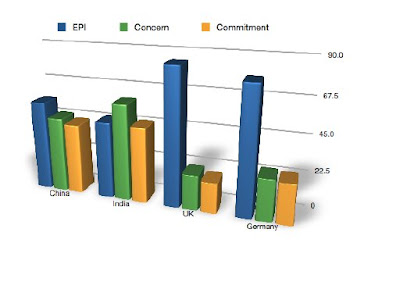After launching an internal trading system for carbon dioxide and methane in 2000, British Petroleum discovered not just 1.5 billion dollars in efficiency savings but they also got a great influence in the creation of the United Kingdom’s trading system. So being a step ahead of the green wave BP got a seat at the table, as their CEO John Browne puts it.
“One of the steps we’ve taken is to set up a trading system within the company to ensure we cut emissions in the most cost effective way possible.” - Former CEO Lord Browne
The cornerstone of a successful emissions trading programme is having a robust and credible system in place to measure, and where appropriate, verify the greenhouse gas data being used in the trading system. Each business unit (BU) is responsible for measuring or calculating its emissions. Standard reporting protocols for carbon dioxide (CO2) and methane (CH4) have been used by the BU's to collect and report emissions data.
The emissions of the different BUs varied a lot, in fact the 20/80 rule where almost usable since 40 of the 150 business units correspond for 80 percent of the emissions, but no matter emission every unit where eligible to participate in the trading system. The cap and trade system where controlled centrally and the cap was set for BP as whole but if a BU needed more emission permits they where to buy them themselves. To provide a flow overview each allowance where given a serial number to make it traceable.
Other advantages with the cap and trade system are that it provides the different BUs with both flexibility and more precise calculations when it comes to investments in abatement technology due to the prizing of emissions. Also, under a cap and trade system there is greater certainty that prescribed targets will be achieved since there are a determined finite number of allowances allocated.
Understanding the cost of abatement on a project-by-project level is vital for BUs to engage in emissions trading. Guidelines for calculation methodology and assumptions have been developed for BUs to maintain some consistency in the approach. It was each individual BUs responsibility to identify and know its cost of abatement. A database of greenhouse gas abatement projects was constructed to share ideas on cost effective options throughout the BP group.
BP was the first in the world with such an internal trading system which not only saved them a lot of money and gave them influence on other trading systems, it also brought out the green thinking throughout the entire organization, making local affords pay of globally.





















